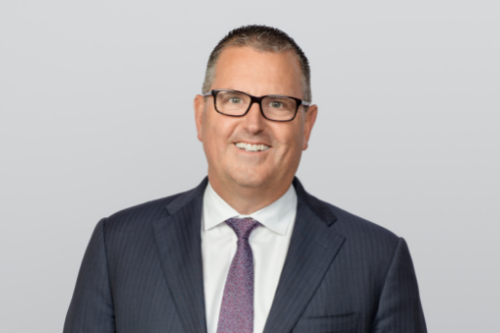

At the start of his phone-line media briefing, IAG’s CEO Nick Hawkins (pictured) said this was the first time he’d delivered annual financial results while sitting at home. The home comforts may have offered him some consolation as he explained the company’s mixed news: a net loss of $427 million, but higher dividends for shareholders.
Read more: IAG suffers loss in full-year financials
“I’m pleased to share that we are paying a final dividend of 13 cents per share given the level of cash earnings that we generated over the last 12 months,” he said.
This represents a full year payout of 20 cents per share compared to 10 cents last year. Experts say much of this comes from hiking premiums.
Hawkins said the loss for the year was driven by, “a number of disappointing, unusual items. This relates to historical issues that we’ve identified, that we’ve provisioned for and that we’re rectifying.”
The CEO was referring to ongoing efforts to standardize and simplify, “the back office of IAG.’’
‘’We’ve done claims, so now we now operate on one claims system across the entire company,” said Hawkins in response to a questions from IB about the company’s most significant “historical issues.”
“Our progress on digital initiatives and efforts into the future are underpinned by the creation of a single core insurance platform which we’re rolling out across the company.”
Hawkins said IAG still has to apply this standardization effort to multiple brandings and customer propositions across the organization.
“When we complete this work, we’ll be able to provide consistent products and services to customers wherever they are, with whatever digital platform they choose to engage with us,” he explained.
He expects this simplification to take a couple of years.
Experts say IAG’s losses are also the result of risk management failures connected to extreme weather claims and business interruption claims.
Outgoing chairman, Elizabeth Bryan, heavily criticised her company’s approach to risk management in the company’s annual review, calling these failures, “costly and unacceptable.”
At the briefing, Hawkins said he was excited to welcome several new executive appointments but made no mention of the board shakeup just days before, where Bryan’s exit was officially announced.
Read more: IAG in major board makeover
He did mention the problems associated with IAG’s intermediated businesses, or policies sold through broker partners, calling the returns “unacceptable.”
“This business has underperformed in recent years and we’re prioritising it as a significant opportunity under our new structure,” he said.
He added that margins remain low but are moving in the right direction. His aim is for intermediated businesses to be making more than $250 million a year.
In contrast, Hawkins said IAG’s direct business, was operating strongly.
“We grew by the rate and volume, so the number of customers, in our direct business and we delivered healthy underlying margins that were stable at just under 20%,” he noted.
IAG reported adding 75,000 new customers.
“Our redesigned operating model, which creates three core insurance businesses across IAG, is in place,” he said. “Each division is aligned to the insurance needs of specific customers and the way those customers want to engage with us.’’
Experts say many insurers across the country are experiencing mediocre returns, with premium increases the only way to generate significant shareholder returns.
